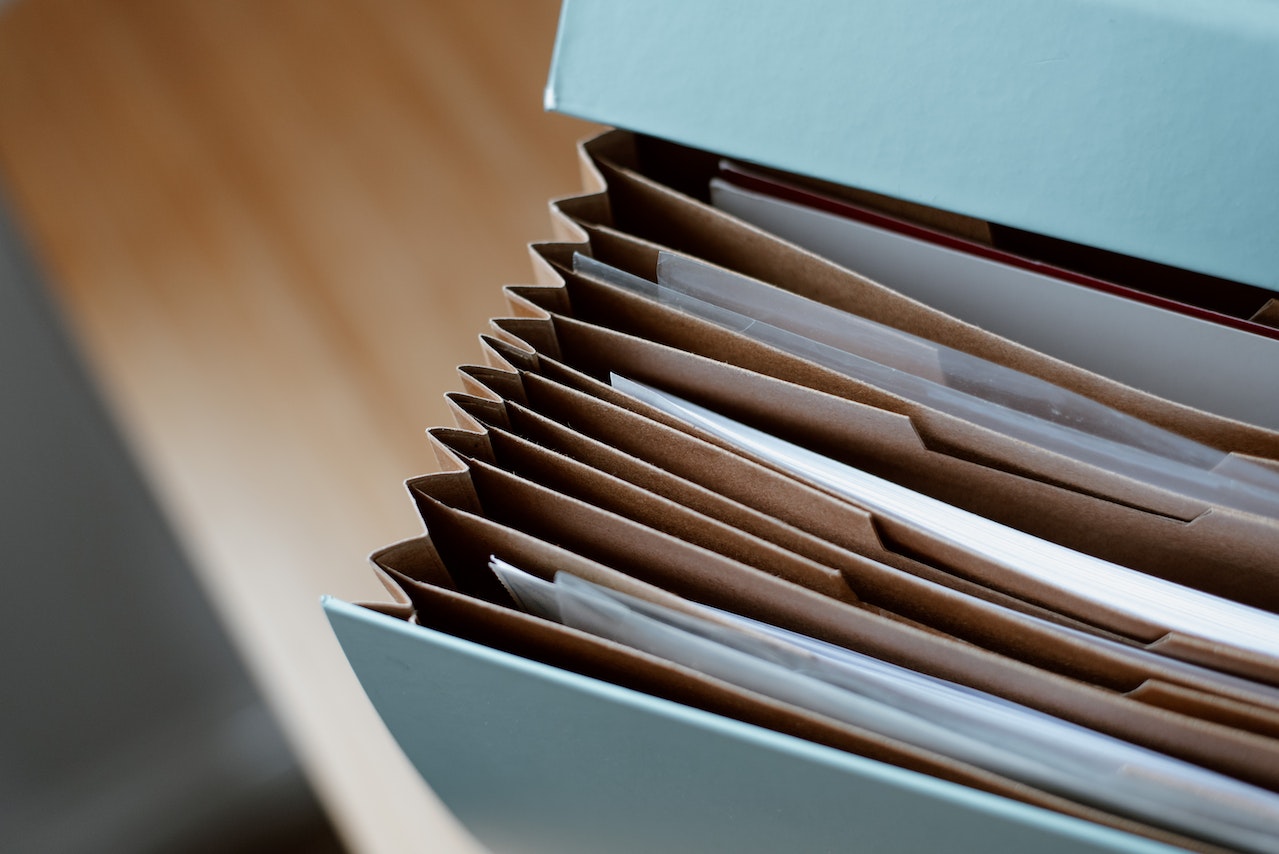Public records are just that – they’re records which belong to the public interest. Court and incarceration records are no exception to that. It’s in the interest of the people to know who has been arrested, when, where, and why. Not just to keep the people safe from crime, but to keep the people informed of the government’s doing.
 However, over the last several years there has been a growing trend to redact certain data from the public record in an effort to protect the privacy of the individuals involved. It’s no secret that several counties in California have been removing the date of birth from court and arrest records posted online. While this may help to protect people’s privacy, it makes the work of a background screener significantly more difficult.
However, over the last several years there has been a growing trend to redact certain data from the public record in an effort to protect the privacy of the individuals involved. It’s no secret that several counties in California have been removing the date of birth from court and arrest records posted online. While this may help to protect people’s privacy, it makes the work of a background screener significantly more difficult.
Due to the harsh penalties for non-compliance under FCRA, background screeners need to be incredibly careful when associating an applicant with a criminal record. But how can they do that if the record lacks certain identifiers like DOB?
Lots of industry leaders are working to solve this problem. In some cases, arrest photos, mugshots, or even addresses are used to link an individual to the arrest. From there, the background screener will seek the court record at the local county courthouse in order to find any conviction and disposition information. In other cases, the background screener may choose not to use the records at all if they cannot be verified.
No solution is perfect, but as the courts and arresting agencies slowly move to redact personal identifiers, the job of a background screener is going to become more challenging.




